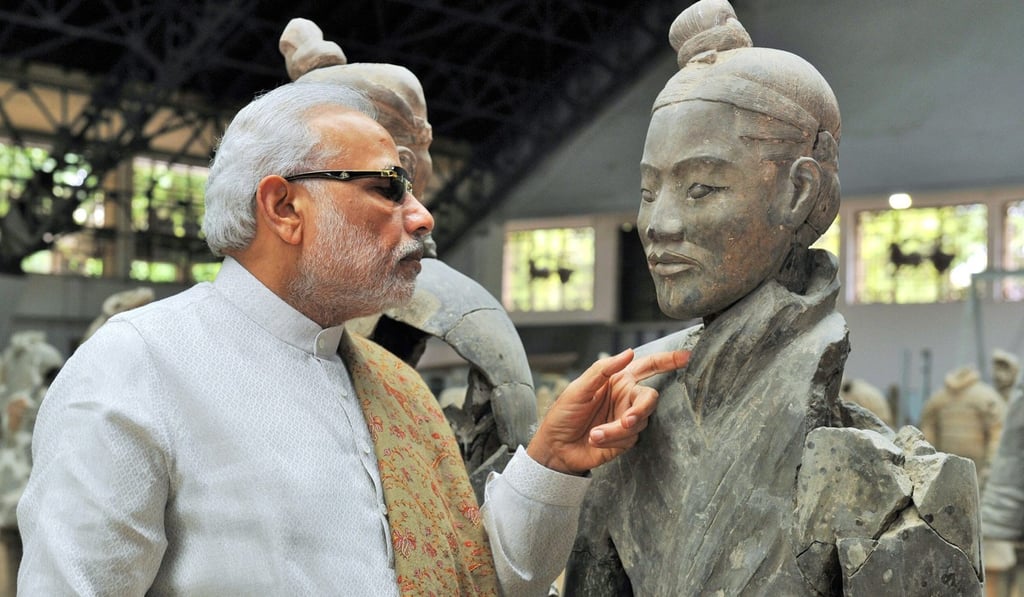Lesson from Doklam: China and India can still become ‘Chindia’, but only when boundaries are set
Xu Xiaobing says the Sino-Indian relationship of rivalry has also seen cooperative coexistence, especially on the cultural level. But Doklam shows all cordiality hinges on compliance with international law

To begin with, there is a long history of communication between the two countries. The spread of Buddhism from India to China and trade with Europe through the Silk Road are examples of early contact. Today, there is increased bilateral and multilateral cooperation, both inside and outside the BRICS bloc.
It is also true that the two share significant similarities and differences. For instance, they are known as the world’s biggest developing countries, that together account for more than one-third of the world’s population, and are among the fastest growing major economies. But, politically, China is tagged as the largest single-party state while India is the largest democracy.
